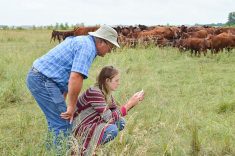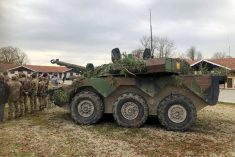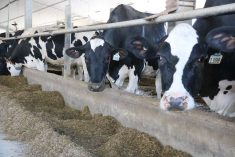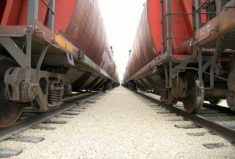Farmers aren’t the only ones who like to pour concrete. The veterinary industry also involves many customized facilities dedicated to examination rooms, operating theaters, cattle chutes, holding pens and loading docks.
Three Canada-based veterinarians are pouring enough concrete in southwestern Nebraska to cover what they say will be a square mile of “beyond state-of-the-art,” 150,000-head cattle feedlot space.
The concrete, they’ve said in interviews, is key to that “beyond” statement. On it, tons of “clean” or dirt-free cattle manure will be collected “to be used by biodigesters to produce methane” that will offset some of the carbon footprint of the feedlot’s cattle.
Read Also
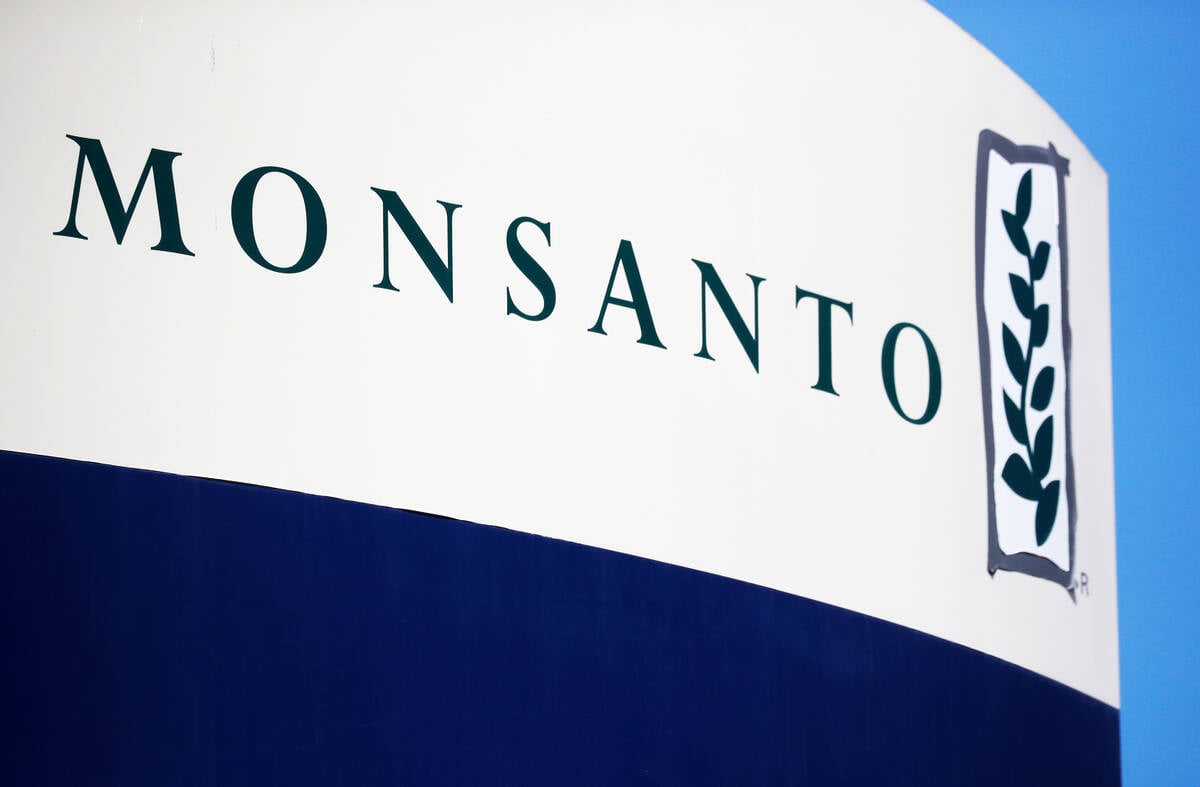
Roundup retraction makes public trust ripples
A foundational study on glyphosate safety was recently retracted, while Roundup maker Bayer has already said it may ditch the key agricultural herbicide after lawsuits piled up.
Maybe, but concrete is one of the dirtiest, most CO2-intensive products known to humanity, and that intensity defies any claim of “green” by any concrete-heavy construction.
That’s science, not opinion. According to concrete engineers, on average, one ton of concrete produces 1,650 pounds of CO2, mostly because the cement, concrete’s hardening agent, requires so much fossil fuel to manufacture.
If, as feedlot experts suggest, the 640-acre Nebraska feedlot uses five-inch-thick concrete, a requirement to collect the “clean” manure for its proposed methane digesters, it will pour an estimated 428,000 cubic yards of concrete.
By itself, those 857,600 tons of concrete, with a CO2 bill of 1,650 pounds per ton, will give the feedlot a 1.4-billion-pound carbon footprint before one steer steps onto it.
The feedyard also holds other not-so-green elements. According to published reports, a typical feedlot animal produces 11 tons of manure per year. As the feedlot gears up, its initial 50,000 head will produce 550,000 tons of manure per year. Later, when the feedlot reaches its 150,000-head capacity, it likely will handle 1.65 million tons of manure per year.
Not all of that massive manure pile can be fed into the yet-to-be-built manure digesters. One of its owners claims it has “contracts with local farmers to spread the manure as fertilizer.”
Fine, but as the University of Nebraska calculates, if farmers were to spread 30 tons of manure per acre, the feedlot would need upwards of 55,000 acres to hold its annual manure production prior to any digester being built.
Then there’s the question of water. Western Nebraska, on average, receives about 19 inches of rainfall per year. Despite that dryness, the feedlot’s owners say they’ve acquired enough water through the purchase of 13 nearby irrigation wells. Those wells, they calculate, will supply the 1,262 acre feet, or 411 million gallons, of water the enterprise requires annually.
Critics aren’t so sure, especially with the increasing impact of climate change on the region.
All these environmental concerns skate past the bigger issue in today’s cattle industry: is a new, 150,000-head feedlot needed today when the U.S. beef herd is at a 63-year low?
Moreover, who stands to pay the price for its entrance into this low margin sector of U.S. agriculture? Smaller competing feedlot operators in the region? Local residents who soon will have 150,000 water-using, manure-making cattle as neighbours?
“Worse,” says Mike Callicrate, whose Kansas-based Callicrate Cattle Co. is less than an hour’s drive south of the new feedlot. “Everything COVID taught us that we were doing wrong — big feedlots, big meatpackers, too-long supply chains — we’re now doing again.
“We should be doing the opposite: hundreds of small feedlots, dozens of small-sized meatpackers, more vibrant communities. We should be building resilience, not monuments to the failing past.”
And especially not monuments made of concrete.
The Farm and Food File is published weekly throughout the U.S. and Canada. Past columns, recommended reading and contact information are posted at farmandfoodfile.com.




